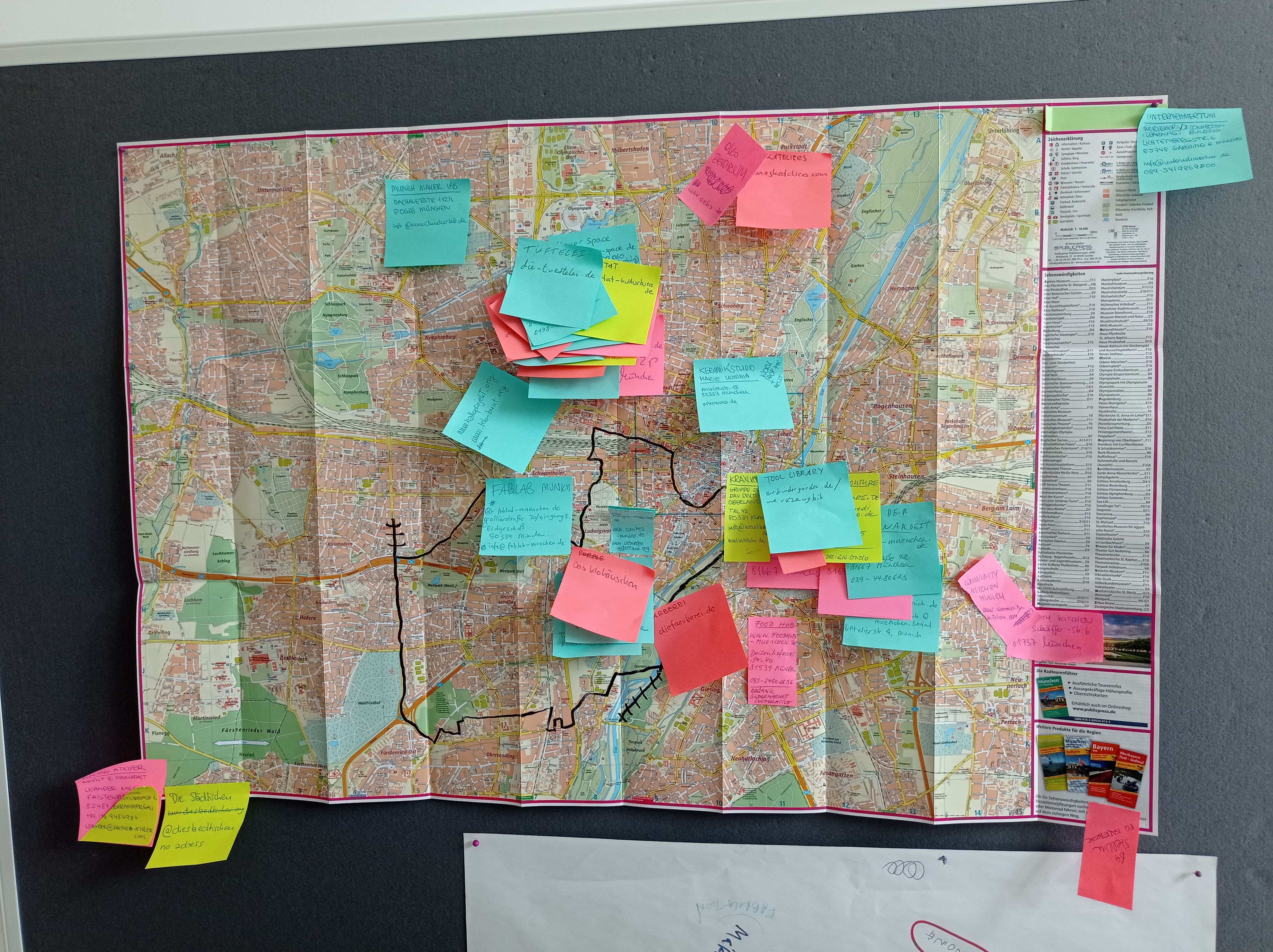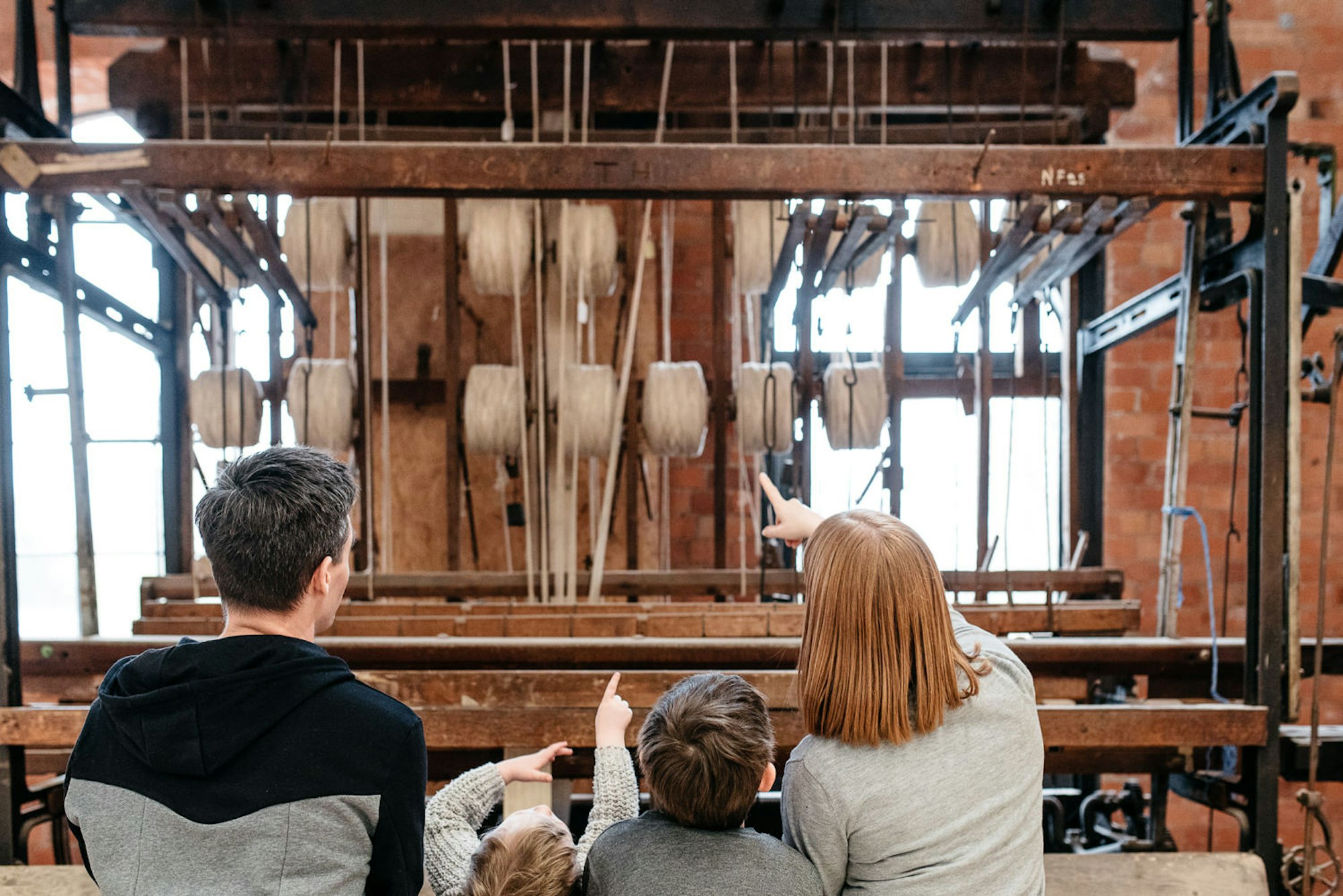Stories / How to guides /
Guide to Printmaking
An overview to the production processes of printmaking.

This Guide to Printmaking was written by artist Rosie Roberts
‘Printmaking’ refers to a wide assortment of processes characterised by their equipment and methodical actions. The disciplines involved utilise a large variety of techniques in different ways to create original and editioned works. Scotland has a strong tradition of encouraging printmaking, giving home to print workshops in all its major cities.
Contemporary printmaking can be loosely divided into categories although there is much overlap between the individual disciplines and artistic or experimental endeavours into areas of printmaking usually reserved for the world of design.
Historically in1507, James IV of Scotland granted Walter Chepman, an Edinburgh merchant, and his business partner Andrew Myllar, a bookseller, the first royal license for printing in Scotland, from that point on printing presses – text-based or pictorial – became integral to Scotland’s creative community. With technological advances in the subject and artistic innovation printmaking is a key part of Scotland’s globally renowned art scene
Here we will look at printing methods as follows: Lithography, Intaglio, Screenprinting, Relief and Digital, with a final note about paper.
Lithography
Lithography is based on the beautifully simple concept of oil rejecting water. Images are made on smooth limestone slabs or metal plates and are characteristically flat in drawn surface and finished image.
The process starts with grinding or polishing the printing surface to ensure an even tone throughout the print. Images are then created with fatty materials, oil/ wax/grease on the stone or plate. Following the drawing or image creation stage the whole surface is treated with a part acid part gum Arabic solution so that the negative space - where the fat does not protect the surface - becomes ‘etched’. The surface is then moistened so that the etched areas absorb water making them repellent to greasy lithographic ink, which, will in turn cling to the fatty drawing. The drawing is then transferred onto dry smooth paper that, unless it is offset, will produce a reverse image.

Photolithography is a popular method of combining traditional printmaking with contemporary technology, it is a process by which images are photographically transferred to a litho surface and then printed by hand. In this process colour separation experimentation can be used and it is a method respected by printmakers of reproducing photographic works.
Emerging contemporary artist Katie Hawson uses photo-litho to create malevolent, mischievous images, which won her the Glasgow Print Studio GSA Graduate Prize for Printmaking in 2012.

Intaglio
Intaglio printing is the process of scratching into a prepared surface in order to sink ink into the scratches; intaglio printing has an inherent texture and physicality to it.
Intaglio printing was born of the ancient art of engraving; however artists could only exploit etching –the common name for the method - on a wider scale once the laborious practice of engraving by hand was developed into a chemical process.

This process starts by coating a sheet of metal with a waxy surface; following this an image is incised into the wax leaving metal lines exposed. The plate is then sunk in an acid bath wherein exposed areas are subjected to chemical corrosion. The plate is cleaned of wax and rubbed with ink, once the ink is buffed thoroughly into the plate excess ink is wiped away and the drawing is transferred to softened paper through pressing. In this way the image created is not only there in ink but also in a subtle embossment giving a luxurious quality to etched prints.
Prints can be coloured using a variety of inks and aquatints.

Artists have exploited this subtle physicality, by lengthening the time in the acid bath and using no ink a sculptural embossed ‘invisible’ image can be made. Such experiments to widen the limits in which printmakers work is an ode to the dedication of print based artists.
Screenprinting
Made truly famous by Andy Warhol in the 1960s screenprinting is a stencil and screen based practice with a flat image result. It was originally developed in the Far East using a mesh of human hair!
In contemporary screenprinting images are made on a translucent surface with light blocking materials, a stretched screen that consists of a very fine mesh is then covered with a photosensitive solution. The opaque images are then placed on an exposure unit, which is a sort of giant light box. The screen placed on top of the images will be exposed to the light source and subsequently become a stencil of the image. The photosensitive solution becomes hard where the light has reached it and stays soft in the image areas. Once exposed, the screen is hosed with water to wash out the soft solution and the stencil is created. Images can also be transferred onto the screen using paper stencils or painting directly onto the screens surface with stop-out paint. Photos or digitally created works can also be transferred to the screen using a stencil printed onto acetate and then photo exposed on the screen


The stenciled screen is then mounted onto a screenprinting press, with ink at one end and paper below. By lowering the screen onto the bed of the press and drawing across the screen using a squeegee the image is created. The ink is pushed through the open areas of the mesh and onto the paper below.
For an image using multiple colours this process must be repeated for each separation which to ensure registration – the correct alignment of all the colours - requires difficult disciplined work and perseverance.
Screenprinting is the most widely used form of printmaking and it can be very adaptable to the needs of the artist, in the current show at Glasgow Print Studio Meaning Inc. as part of the GENERATION project Michael Fullerton exhibits large scale golden screenprints essentially flat but with an incandescent depth to them created by the method. On the other hand emerging artist Frances Lightbound literally bends the rules of the two dimensional technique by printing onto metal which she then sculpts into forms which reflect her architectural interests.
The versatility of screenprinting make it a very exciting medium.


Photo: Frances Lightbound
Relief
Relief printing derives its name not from the finished article that is two dimensional, but from the sculpted equipment used during the printing process. Relief printing can be seen as the opposite of intaglio methods as the ink sits on top of the relief or object rather then within the gauged marks themselves.
Woodcut
Woodcut is the process by which a flat piece of wood is carved and gauged to create an image. It is then treated with ink generally using a roller to keep ink out of the gauged space, the block is then placed on a press with paper on top overlaid with packing sheets, the press is then either brought down or rolled across the block and the paper to created the print. Like in lithography and screenprinting woodcuts can be used to make colour separations.
Linocut
Linocut become popular in the early twentieth century and follows exactly the same process as woodcut. Its popularity is due to its ease in carving and relative low cost. The technique is often used in introductions to basic printmaking.


Wood Block
Woodblock printing is often used to create free hand patterns, blocks of carved wood in varying shapes or forms are dipped in ink and then pressed onto paper to create the print. Woodblock is a popular method of making bespoke textiles. This process is used by textile artist Meg Held.

Photo: Meg Held
Digital Giclée, 2D Digital Printing
Deriving its name from the French verb ‘to spray’ Giclée is the name commonly used by artists, galleries and manufacturers to describe a high quality digital inkjet print.

The process tends to use a CMYK colour model and works just like your desktop printer with a digital printing process combining pigment based inks with high quality archival quality paper to achieve prints of superior archival quality, light fastness and stability. You can use any form of digital image as the basis for your print be it photograph, scan, film still or digital work.
With the rise in access to large format printers Giclée gives the advantage to the artist of being able to experiment with scale on a shorter timescale then other more traditional forms of printmaking.
You might find that Glicee printing can often be met with some hostility by traditional printmakers. As they can perceive it as a quick fix or commercialised endeavour; compared to say photo-screen printing, photo-etching and photo-lithography, however if the method suits your purposes and you are not identifying it as anything but an inkjet print then there is no reason not to use the technique.

Photo: Rosie Roberts
3D Digital Printing
Fused Deposition Modelling
3D printing is a process of making things in 4 dimensions. The process is basically an additive manufacturing process whereby a polymeric (plastic) material is heated and squeezed through a tiny nozzle that a computer controls across a build plate in x,y and z axes. The tergid substance quickly cools and hardens in position after leaving the nozzle, creating the 3D printed part.
To find out more read Make Works Guide to 3D Printing

The process is generally used by designers and architects to make maquettes or sample products, more recently however fine artists have been using the technique as part of sculptural installations or for planning purposes.
The unique aspect of fused deposition modelling is that the objects it creates are themselves whole, the technique can produce shapes and forms that traditional manufacturing methods such as injection moulding could not achieve in one single process.
Shapes can be memorised, repeated and altered with a distinct aesthetic quality.
Emerging artist Petter Yxell utilised the technique for his 2013 work Hieros to stunning affect, winning him the 2013 / RSA Sir William Gillies Bequest Award for the installation which included the piece.

Photo: Petter Yxell
Paper
One of the most important aspects of printmaking is chosing the right paper, each discipline and artist has their own preference. If you are working at a print studio the technicians there will be able to advise you on the best option for your envisaged image and chosen technique. The right paper or surface can be the difference between a great result and disaster. Once you have the basics of a technique down experimenting with different surfaces can be highly rewarding, but I would always have open ears for expert advice!

You can find two artist led printmaking facilities within the MakeWorks directory:
Highland Print Studio, based in Inverness.
Edinburgh Printmakers, based in Edinburgh.
Glasgow Print Studio, based in Glasgow.
Peacock Visual Arts, based in Aberdeen.
DCA Print Studio, based in Dundee
Artists may also be interested in Risographic Printers, Letterpress Printing and 3D Printing.
If you've enjoyed reading this Guide to Printmaking, take a look at our Guide to Digital Fabric Printing
Categories
How to guides
Related stories
Guide to Leather
Guide to Ceramics
Guide to Jewellery production
Guide to Ceramics - part two
Guide to 3D Printing



